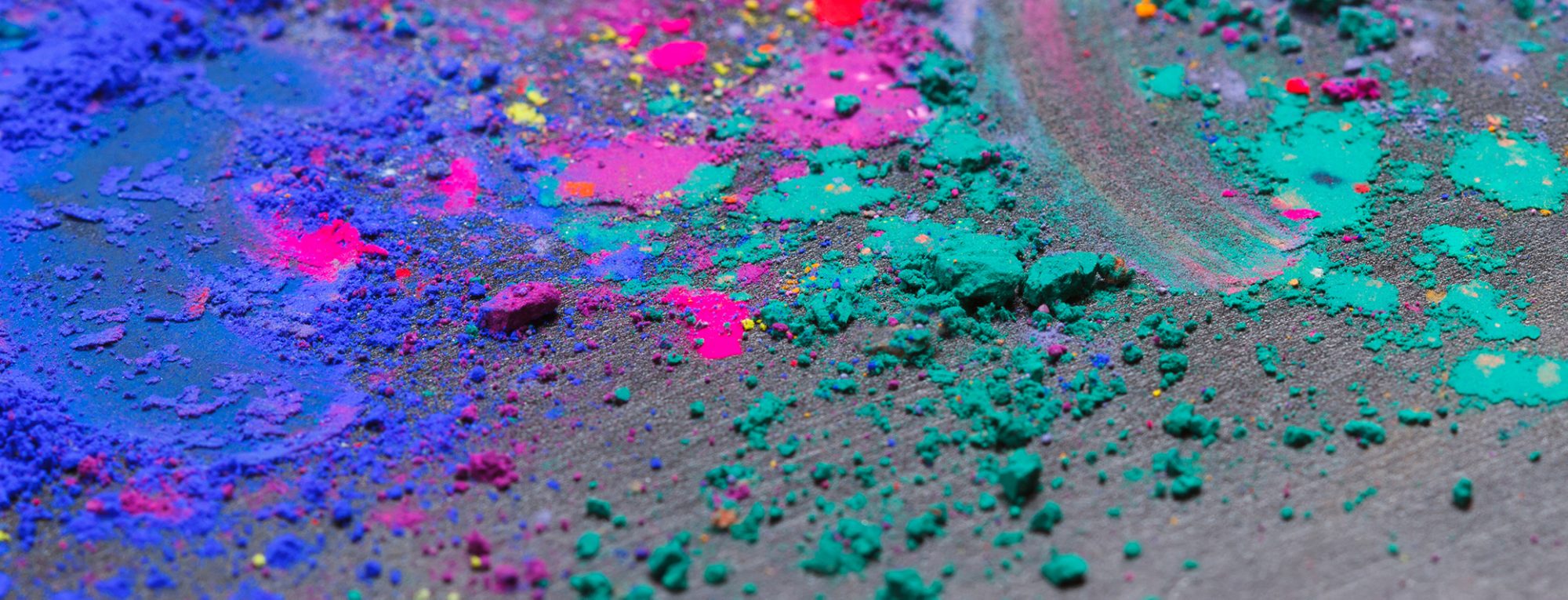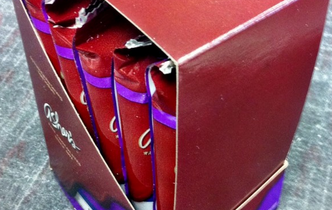While creativity is deeply rooted in some of us for those that practice and follow that in our career path are often are overwhelmed with ideas. However, there is a certain point when creativity gets in the way of practically. I didn’t really understand this concept until I went from being a designer/customer to a designer for the manufacture. Even those who work directly in the field do not understand the difference between a Graphic Designer and a Structural Designer. Many cases you will meet a person who does one or the other. In my case, I am both a Structural Designer and Graphic Designer — Rare in most cases. Lets talk a little about each roll before we get into the practicality issue.
Graphic Design is defined as ‘the art or profession of visual communication that combines images, words, and ideas to convey information to an audience.’ Graphic designers use a variety of practices that include typography, visual arts and page layout techniques to produce a balanced, focused and symmetrical result. Its the process at which communication is made through the visual aspect.
Structural Package Design is defined as ‘the engineering of a carton or a box out of paperboard to create a package to hold a specific product.’ Structural design is very complex on many levels. Structural Package Designers not only need to create unique cartons, but they also have to keep in mind many other aspects. In most cases, we are provided with samples of the product to be packaged so that we can design a CAD drawing (2D) of the carton/box appropriately. It doesn’t stop there. We have a lot of questions that need to be answered before beginning. Is it easy/difficult to open? Does it need to be child proof? Is it resealable? Can it be manufactured on a machine? Can it be used on the product production line without any filling issues? Can it be used with carton erectors on the production line? Based on the dimensions will it fit on a store shelf? Will it be appealing to the customer on the store shelf? These are only a few questions that us Structural Designers need to ask our selves. Many times we realize part way through the process, it is just not going to work. And it is back to the drawing board.
Now that we know the difference between the two creative rolls, lets touch a little on how the creative process can get in the way of practicality in the Structural Design phase.
Here we have a box that was created as a shelf display for a local chocolatier. I am not the original designer of this box (Figure A), however, I believe the designer was going for a minimalistic approach, which is appealing to the consumer, but not practical for the production line.

Earlier this month, was called out to the client’s production facility to inspect the problem and see what I could do to fix the current situation. Being in the industry for the past 12 years, I immediately recognized the problems that they were having and why. Without being able to give you an actual photograph to show where the problem was occurring, I will attempt to explain.
The boxes were being hand erected as well as hand-filled, in this case with chocolate bars, from a production worker. After filling the box, she placed it on a moving belt, on its side. The box than traveled to the shrink-wrap machine. The box needed to be laid on its side for a few reasons; the box width was the width of the production rails, it was the only way the box would work with the shrink-wrap machine and if she had stood the box up straight, it would have tipped over as a result of the slight decline at the end of the production line prior to the shrink-wrap stage.

The problem came into play when it was traveling from one belt to another. Where the transition of the two belts occurred, the corners of the candy wrappers were getting caught on the second belt and created a spinning effect with the box, as a result popped the lid open and caused the candy bars to fall out. When I tip the box on its side (Figure B), you can than see how the weight of the chocolate causes the bars to fall out of the side which than catches the corners of the wrapper on the belt.
I created a new box (figure C), which may not have the same modern look, but is practical for the situation. The front of the carton has a lip, which is connected to a perforation (Figure D). Once you pull the lip, the top of the box will tear off, creating a clean shelf display (Figure E). The style of the carton that I created also has slit locks in the lid which locks into the dust flaps. This style as added strength to the over all structure of the carton.
 As a designer of both the Structural and Graphic Design world, I understand when there is a need for both. These problems that seem small are actually extremely costly. Not only are you losing production time to manufacture new boxes as well as production time on the customers end which will result in possible set backs with product launch dates, but there are added costs with creating new dies for the new cartons, additional time needed for the graphic designer to work on new artwork, shipping fees as well as lot charges for additional paperboard.
As a designer of both the Structural and Graphic Design world, I understand when there is a need for both. These problems that seem small are actually extremely costly. Not only are you losing production time to manufacture new boxes as well as production time on the customers end which will result in possible set backs with product launch dates, but there are added costs with creating new dies for the new cartons, additional time needed for the graphic designer to work on new artwork, shipping fees as well as lot charges for additional paperboard.


